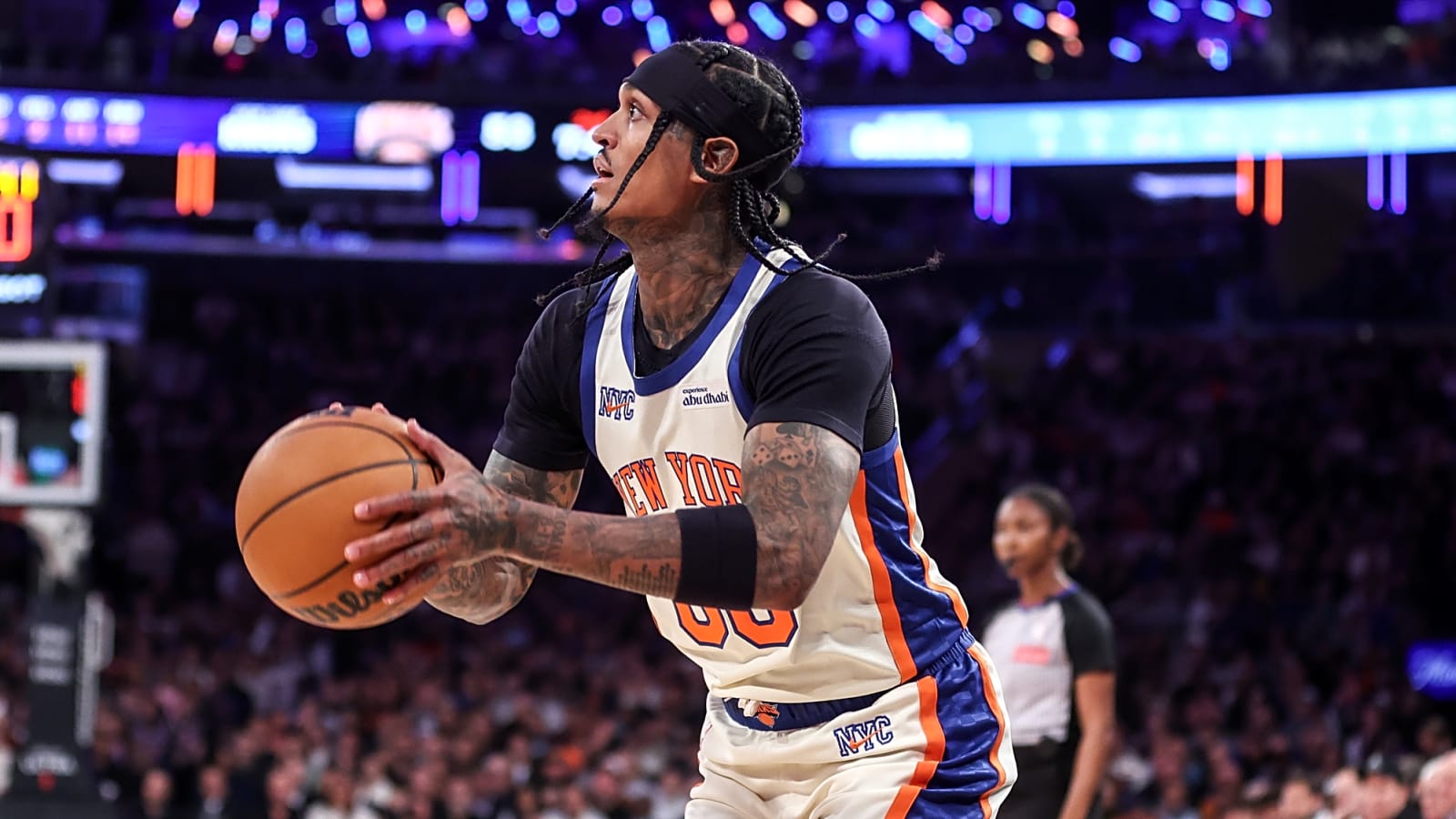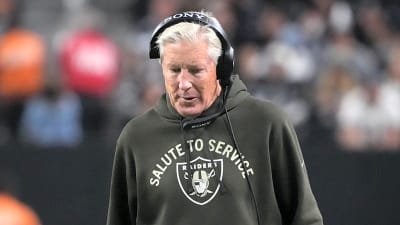
When injuries hit the New York Knicks against the Miami Heat on Nov. 14 — Jalen Brunson was sidelined and OG Anunoby was exiting early — the team didn’t panic. Their bench didn’t just hold down the fort; it moved the game.
Landry Shamet delivered a career-high 36 points off the bench, Jordan Clarkson added 24, and Josh Hart posted a triple-double (12 points, 12 rebounds, 10 assists). That performance wasn’t an accident — it was a blueprint for how the Knicks’ bench can win games when the starters aren’t fully available.
Knicks Bench Has Depth That Actually Matters
The Knicks’ second unit has gone from an afterthought to a reliable identity piece. When Shamet, Clarkson, and Hart take over, they don’t merely preserve the score — they swing momentum.
In the 140–132 win over Miami, New York’s reserves outplayed their Miami counterparts in scoring, defense, and hustle. That kind of depth is rare and, importantly, repeatable if Mike Brown keeps trusting the group.
Players Stepping Up When It Counted
The aforementioned bench performances were each massive in their own unique way:
- Landry Shamet: Career-high 36 off the bench — efficient and aggressive, he hit multiple big threes and attacked closeouts with confidence.
- Jordan Clarkson: 24 points as a multi-positional scorer who creates his own looks and loosens defensive pressure on the starters.
- Josh Hart: A true glue-guy performance — the triple-double wasn’t just statistical. Hart’s rebounds started transition opportunities; his assists finished them; his defense set the tone.
After the starting lineup breakdown, that game showed why depth matters: the starters can rest without the team losing identity, and the bench can be called on to close games.
Landry Shamet recorded a career-high 36 points tonight vs. Miami. His previous high was 31 (done twice).
— NY Knicks PR (@NY_KnicksPR) November 15, 2025
Big Game, Bigger Implications
This wasn’t a one-off bench scoring outburst. It was proof that the Knicks can survive (and thrive) when rotation chaos hits. That changes how the front office and coaching staff view minutes allocation and matchups.
Opponents have to game-plan for a bench unit that can score in waves and defend with length — a headache for any team used to attacking New York’s second unit.
DPOG
Josh Hart
pic.twitter.com/GYlz57e1lM
— NEW YORK KNICKS (@nyknicks) November 4, 2025
Why This Bench Performance Is a Message
1. Resilience: The Knicks didn’t wobble when forced into different lineups.
2. Scalability: If this unit keeps producing, New York becomes deeper than its record suggests.
3. Trust-building: Players like Clarkson and Shamet earned bigger roles; Hart reinforced his utility as a two-way engine.
That combination — depth, reliability, and production — turns the bench from a fallback into a weapon coaches can deploy strategically.
Mike Brown says that Josh Hart is tonight's defensive player of the game:
"He more than deserved it because of his activity, his awareness throughout the course of the entire ballgame." pic.twitter.com/DzyXMiUjOc
— Knicks Videos (@sny_knicks) November 4, 2025
Can Knicks’ Bench Stay a Difference-Maker?
For the bench to remain an asset, Brown should:
• Keep the Shamet–Clarkson–Hart rotation consistent so chemistry compounds.
• Match the bench to situations that exploit opponent weakness (run them against teams that struggle with quick, multi-creator second units).
• Resist the urge to chase small sample scores; instead, reward what the film says — the bench creates easier looks and flips possessions.
If Brown commits to those principles, the bench becomes more than a novelty — it’ll be a season-long strategic advantage.
Why This Matters Going Forward
On Nov. 14, the Knicks’ bench didn’t just step up — it delivered a roadmap for how New York can manage injuries, navigate tight playoff races, and keep opponents off balance. Shamet’s career night, Clarkson’s scoring and Hart’s all-around engine were a reminder: depth isn’t optional — in this season, it’s essential.
More must-reads:
- Mavericks' Mark Cuban sends strong message on Anthony Davis, but he should change his tune
- Pelicans' Derik Queen lives up to 'Baby Jokic' nickname vs. Nuggets
- The '2022 NFL Week 1 starting QBs' quiz
Breaking News
Trending News
Customize Your Newsletter
 +
+
Get the latest news and rumors, customized to your favorite sports and teams. Emailed daily. Always free!








